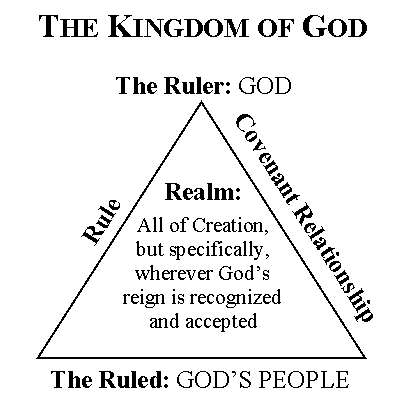The Kingdom of God As Scripture’s Central Theme: A New Approach to Biblical Theology, Part 2

Editors Introduction: This is part 2 of David Burns’ proposal that the Kingdom of God is the central unifying theme of Scripture. First published in two parts in the print version of Pneuma Review in 2001, we invite all readers to continue the conversation now that it has been brought online. Please leave your comments under the article.
The Kingdom of God in the Old Testament
The Kingdom of God is at the heart of the Old Testament. Throughout its pages God is presented as the undisputed Sovereign who reigns over all he has created and who administers the rule of his Kingdom through covenant. In our brief survey we will show how the Kingdom of God developed in the Old Testament and focus on texts that speak of his kingship. From there we will move on to discuss the coming of the Kingdom under the New Covenant.
The Kingdom of God in the Pentateuch (Torah)
The Kingdom as realized by the Old Testament is only in types and shadows. It awaits the New Covenant under which the Kingdom of God will come in its fullness.
The fall of man in the garden led to evil becoming rampant (Gen. 6:1-5,11-12). The great flood of Noah’s day effectively reduced evil in the world by destroying all life. Yet God assured the advancement of his Kingdom by delivering the righteous Noah, his family, and two of every creature safely through the flood (Gen. 6-9). They became the recipients of another covenant wherein God promised to never again flood the earth (Gen. 9:11). The Noahic Covenant was essentially the Adamic Covenant reformulated to fit a sinful world. The creation mandate of multiplying and ruling is restated (Gen. 9:1-2), but the rule of man now has an element of dread for the creatures (Gen. 9:2). In fact man’s entire role as “image” is in jeopardy due to his failure as God’s representative on earth. Thus the sacredness of that image must be protected by placing a just penalty upon any living being that would take its life (Gen. 9:5-6).
Category: Biblical Studies, Spring 2001


